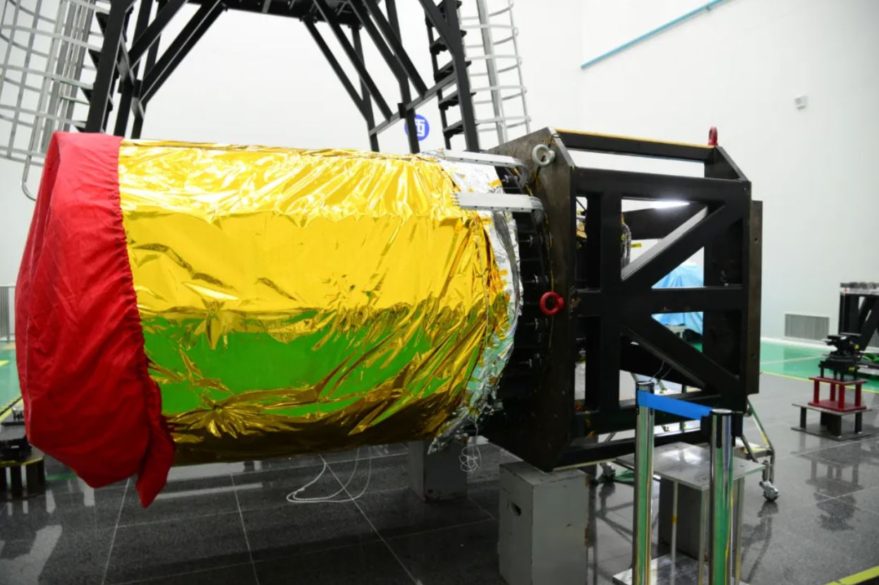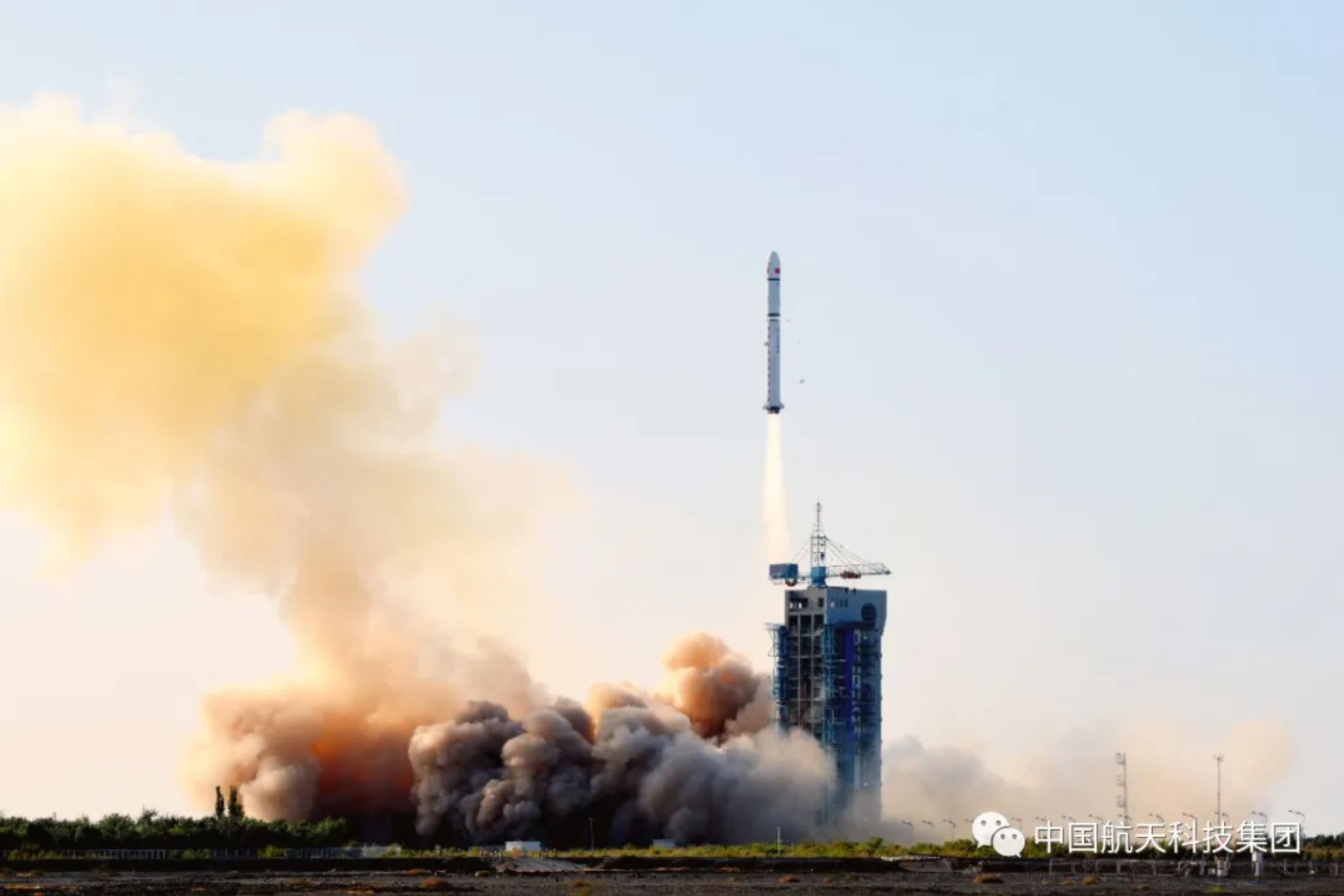HELSINKI — China launched the classified Shiyan-6 (02) satellite into orbit Saturday, following launch of a new Gaofen ‘multi mode’ Earth observation satellite two days earlier.
A Long March 2D carried the Shiyan-6 (02) experimental remote sensing satellite from Jiuquan at 7:45 p.m. Eastern Saturday. The China Aerospace Science and Technology Corp. (CASC) announced success within half an hour of launch, providing the first official confirmation of the activity.
Chinese media state the satellite is intended for ‘space environment study and related technology experiments’. A similar description is used for Yaogan series satellites, which are understood by Western analysts to be used for military reconnaissance. No images of the Shiyan-6 (02) satellite were made available by CASC. A Long March 2D launched the first Shiyan-6 satellite in November 2018 for similar stated purposes.
While Saturday’s mission used Jiuquan’s LC43/94 complex, images of the launch posted on Chinese social media indicate ongoing modifications to the nearby LC43/921 tower. This is backed up by recent imagery from modified Copernicus Sentinel data.
The tower in question is used for launches of the Long March 2F, the launch vehicle for launches of Shenzhou human spaceflight and related missions. Speculation among Chinese followers of the country’s space activities is that the tower is being adapted to accommodate a larger payload fairing or spacecraft ahead of a test of a CASC spaceplane.
Such speculation is not baseless. Chinese state media have previously reported CASC’s intent to launch a reusable spacecraft in 2020, designed to carry passengers or payload to orbit and land horizontally. However, there is no official indication of preparations for such a mission.
Gaofen multi-mode satellite
China on Thursday launched a high resolution Gaofen ‘multi-mode’ Earth observation satellite from. Liftoff from the Taiyuan launch center in north China occurred at 11:10 p.m. Eastern.
A Long March 4B sent the Gaofen satellite and the ‘Xibaipo’ science outreach 2U CubeSat into 648 x 631-kilometer altitude orbits inclined by 98 degrees.
The Gaofen multi-mode satellite’s large aperture, long-focus, high-resolution camera provides sub-meter level full color images, has multispectral capabilities and utilizes an atmospheric synchronization calibrator for reducing the impact of fog and haze on imagery.
The camera was developed by the Beijing Institute of Space Machinery and Electronics under the China Academy of Space Technology (CAST). CAST is the main spacecraft maker under CASC, the state-owned main contractor for China’s space programs.

The satellite will be used for natural resources exploration and protection, emergency management, agriculture and rural areas development, according to Chinese state media.
Gaofen satellites are part of a civilian China High-resolution Earth Observation System (CHEOS) national project approved in 2010. Gaofen-1 launched in April 2013, providing 2-meter-resolution panchromatic images at nadir. Gaofen-9 (03), a sub-meter resolution optical satellite, launched in June.
The optical and synthetic aperture radar satellites are designed to provide all-weather, all-day coverage for land surveying, urban planning, road network design, agriculture, disaster relief and other uses, according to Chinese media.
Chinese launch activity
This week’s launches were China’s 16th and 17th orbital launches of 2020, including two failures.
The Xichang Satellite Launch Center is preparing for launch of the Apstar-6D communications satellite for APT Satellite. Its launch via a Long March 3B rocket is expected around July 10.
The coastal Wenchang Satellite Launch Center is expected to host the launch of the Tianwen-1 Mars mission around July 23. A tour operator which facilitates visits to Xichang Satellite Launch Center, which also administers Wenchang, claims that launch is to take place between July 20-25. That online post has since been deleted.
China could also launch the first Kuaizhou-11 from Jiuquan in the northwest in the first half of July.
CASC stated early January that it intended to launch around 40 times in 2020. Other launch service providers such as Expace with its Kuaizhou solid rockets will be additional missions.
